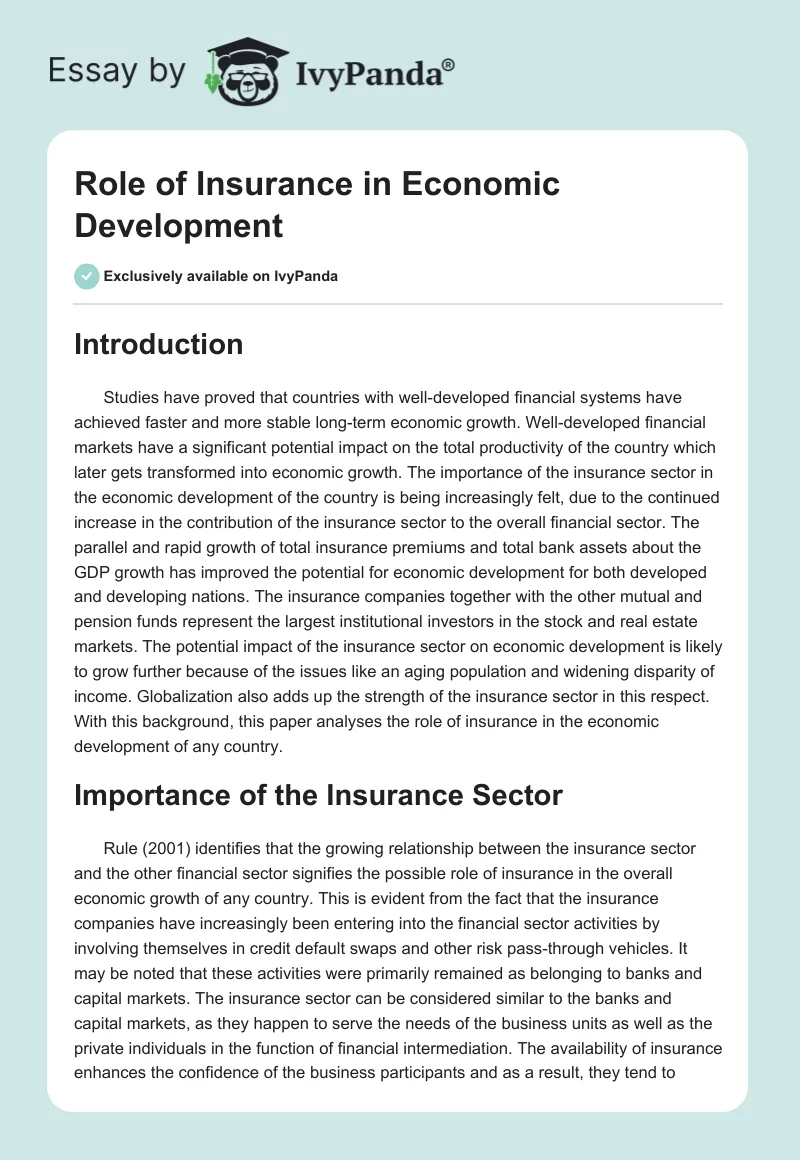3 Simple Techniques For Pacific Prime
3 Simple Techniques For Pacific Prime
Blog Article
The Buzz on Pacific Prime
Table of ContentsHow Pacific Prime can Save You Time, Stress, and Money.Getting My Pacific Prime To WorkWhat Does Pacific Prime Do?7 Easy Facts About Pacific Prime ShownAbout Pacific Prime

This is because the information were gathered for a duration of strong economic efficiency. Of the approximated 42 million people who were without insurance, just about about 420,000 (concerning 1 percent) were under 65 years old, the age at which most Americans become qualified for Medicare; 32 million were adults between ages 18 and 65, around 19 percent of all grownups in this age team; and 10 million were youngsters under 18 years of age, regarding 13.9 percent of all kids (Mills, 2000).
These price quotes of the variety of persons uninsured are generated from the annual March Supplement to the Existing Populace Study (CPS), carried out by the Census Bureau. Unless otherwise noted, nationwide quotes of people without health insurance policy and percentages of the population with different sort of coverage are based on the CPS, the most extensively used source of estimates of insurance coverage and uninsurance prices.
Examine This Report on Pacific Prime

Still, the CPS is especially valuable due to the fact that it creates annual estimates reasonably quickly, reporting the previous year's insurance policy coverage estimates each September, and due to the fact that it is the basis for a regular set of price quotes for even more than two decades, enabling analysis of patterns in coverage in time. For these reasons, as well as the extensive use the CPS in various other research studies of insurance protection that are presented in this record, we rely upon CPS estimates, with constraints noted.

The price quote of the number of without insurance people increases when a population's insurance condition is tracked for several years. Over a three-year period starting early in 1993, 72 million people, 29 percent of the U.S. https://pubhtml5.com/homepage/pspip/. population, were without protection for at the very least one month. Within a solitary year (1994 ), 53 million people experienced at the very least a month without protection (Bennefield, 1998a)
Six out of every 10 without insurance grownups are themselves employed. Although working does enhance the chance that a person and one's family participants will have insurance coverage, it is not a guarantee. Even participants of family members with two permanent breadwinner have virtually a one-in-ten possibility of being without insurance (9.1 percent uninsured price) (Hoffman and Pohl, 2000).
The Ultimate Guide To Pacific Prime
New immigrants account for a considerable percentage of individuals without health insurance coverage. One evaluation has actually connected a significant portion of the current development in the dimension of the united state without insurance populace to immigrants who showed up in the country between 1994 and 1998 (Camarota and Edwards, 2000). Recent immigrants (those who came to the United States within the past four years) do have a high rate of being uninsured (46 percent), however they and their kids represent just 6 percent of those without insurance coverage nationally (Holahan et al., 2001).
The relationship in between wellness insurance coverage and accessibility to care is well developed, as recorded later in this phase. Although the relationship between health insurance and health end results is neither direct nor easy, a considerable professional and wellness solutions research study literature links health insurance protection to enhanced accessibility to care, far better high quality, and enhanced personal and population health standing.
Degrees of analysis for analyzing the impacts of uninsurance. This conversation of medical insurance protection focuses largely on the U.S. populace under age 65 since virtually all Americans 65 and older have Medicare or various other public protection. It focuses especially on those without any health and wellness insurance for any length of time.
Fascination About Pacific Prime
The problems faced by the underinsured are in some respects comparable to those dealt with by the uninsured, although they are usually much less serious. Health insurance, nevertheless, is neither required neither adequate to acquire accessibility to clinical solutions. The independent and direct effect of health and wellness insurance policy coverage on accessibility to health and wellness solutions is well established.
Others will obtain the healthcare they require even without health and wellness insurance coverage, by paying for it expense or seeking it from providers that offer treatment complimentary or at highly subsidized prices. For still others, health insurance policy alone does not ensure invoice of care due to other nonfinancial obstacles, such as a lack of healthcare carriers in their neighborhood, minimal accessibility to transportation, illiteracy, or etymological and cultural distinctions.
Pacific Prime for Dummies
Official study about uninsured populations in the United States dates to the late 1920s and very early 1930s when the Board on the Price of Healthcare created a collection of reports about funding physician workplace visits and hospital stays. This problem came see to be significant as the varieties of clinically indigent climbed throughout the Great Clinical depression.
Report this page